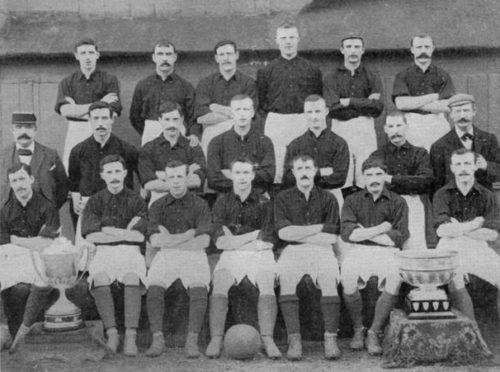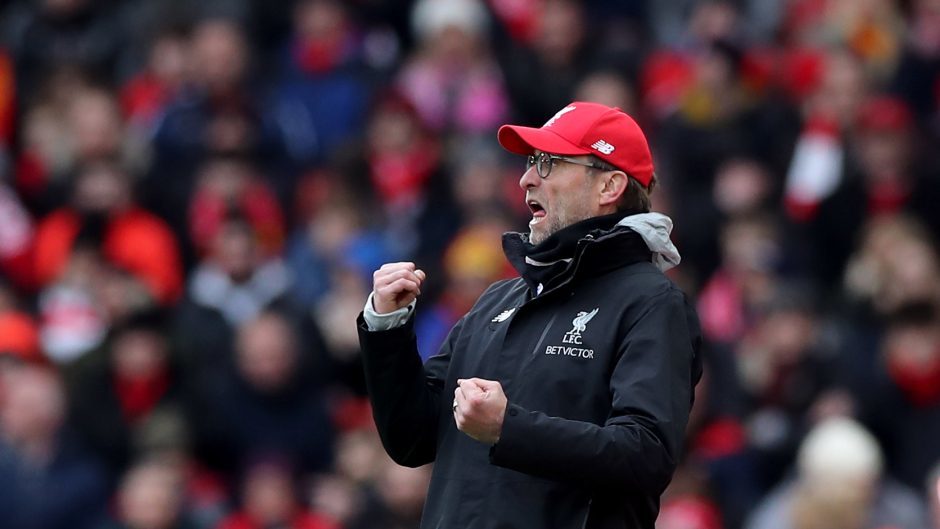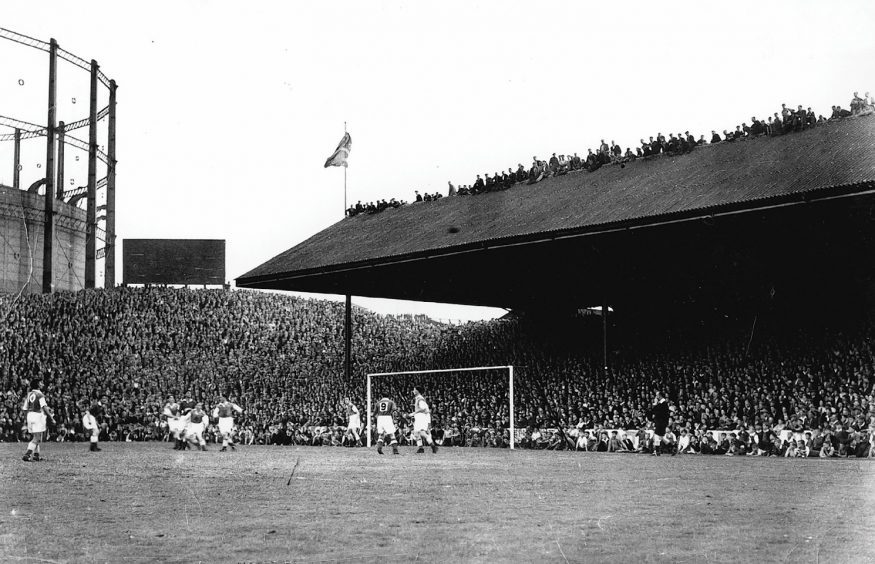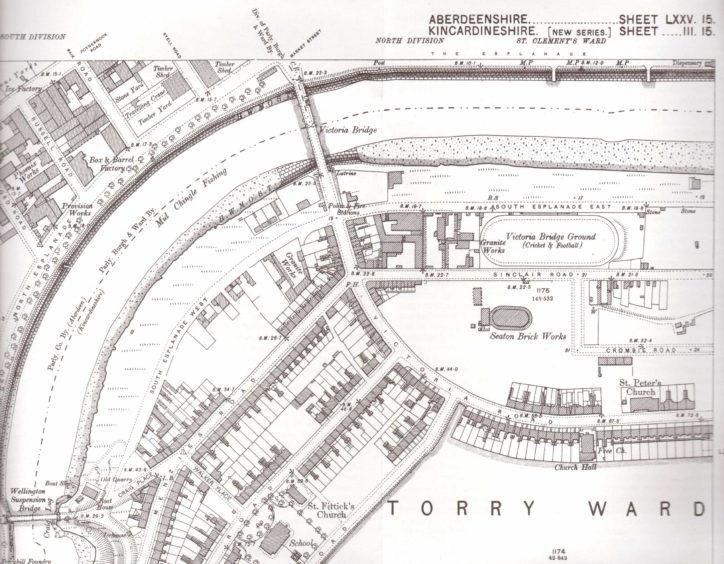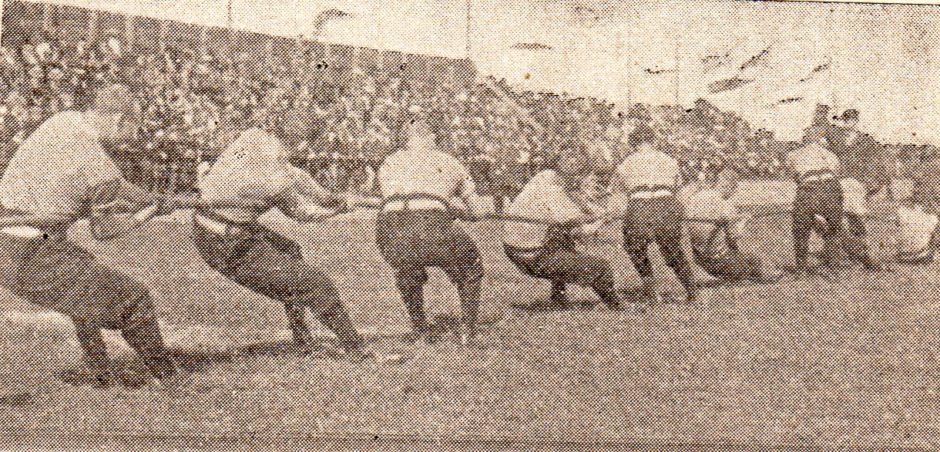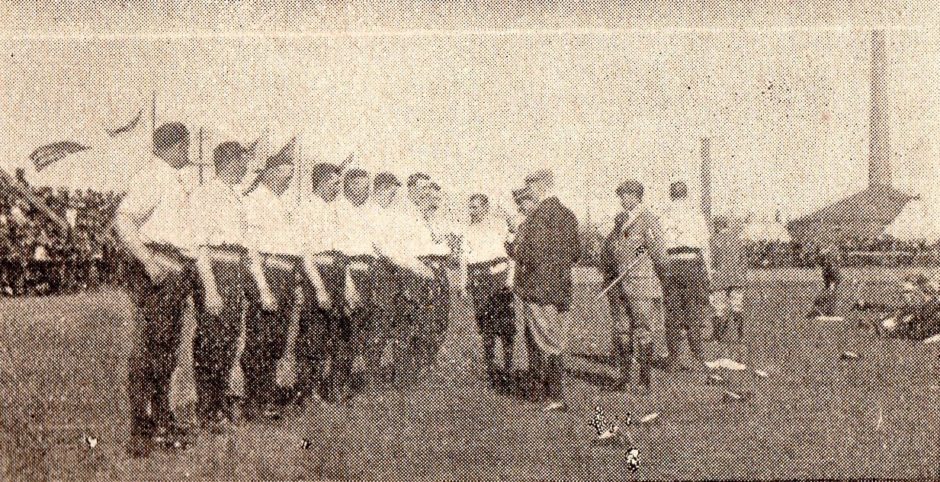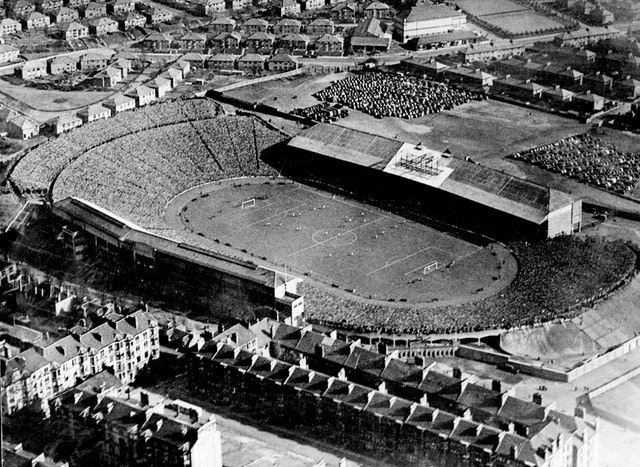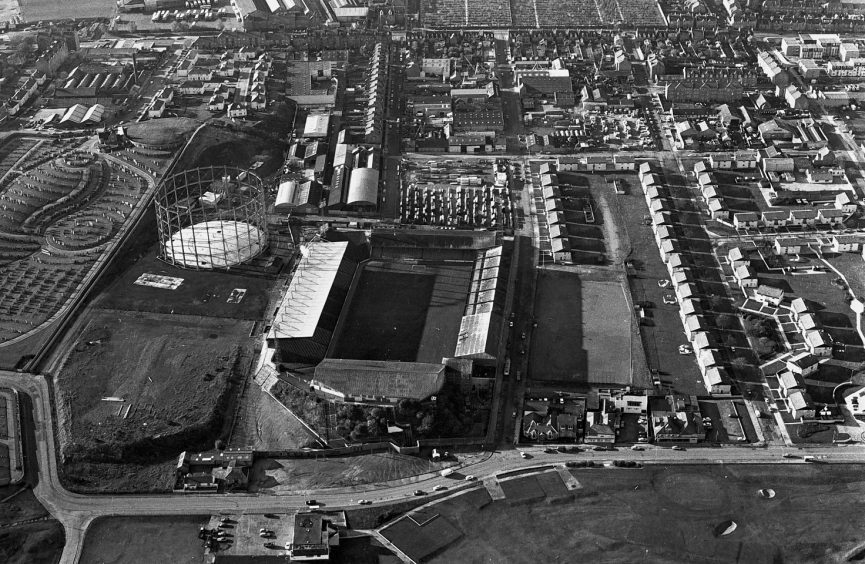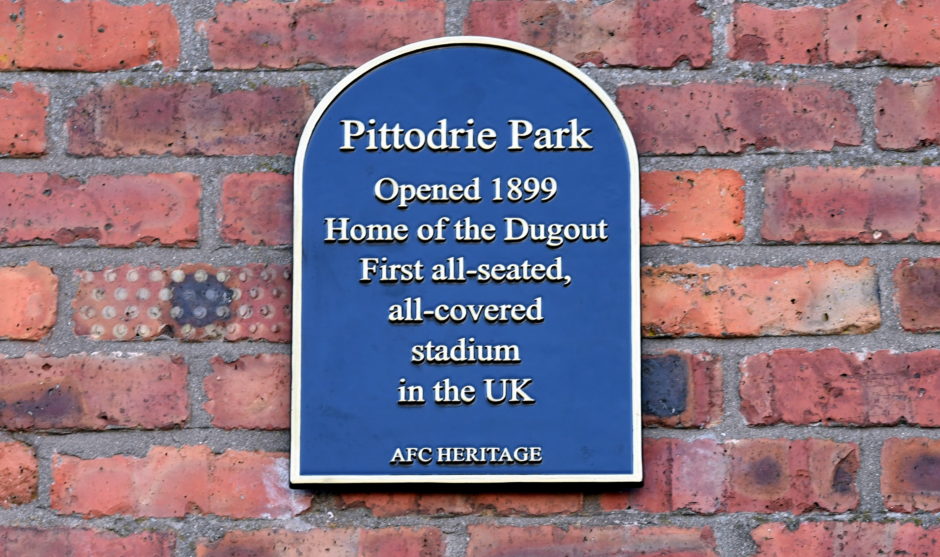Football is a multi-billion-pound industry these days and the English Premier League is one of the richest leagues in the world.
When Jurgen Klopp and his Liverpool team wrap up their first league title for 30 years in the days ahead, the club and their charismatic coach and players and fans will dominate the headlines.
Torry clash
But matters were a lot different when the Anfield men travelled up to Aberdeen to take part in a friendly match in the same year as Queen Victoria’s Diamond Jubilee.
The English side paraded their skills at the Victoria Bridge ground in Torry in 1897 – and made the journey and took part in the game for the princely sum of £25.
Sadly, this was in the days before professional photographers took images of the leading sporting fixtures and gave them prominent coverage in their newspapers.
It was prior to the formation of Aberdeen FC in 1903 and happened more than 20 years before the club had access to the newly-constructed Pittodrie Stadium.
But there is some information about how the occasion developed into an exciting event for the more than 2,000 fans who turned up to witness a slice of football history.
The Aberdeen FC Heritage Trust group has unearthed details of the convoluted path by which the Dons gradually came into being after a number of different organisations combined and gradually morphed into the club which now has a global following.
But there was no sign of that occurring when Victoria United arranged a high-profile tussle with Liverpool on April 28 1897 and the posters and placards were designed to attract spectators to the contest.
At that stage, the Merseyside giants were reigning Second Division champions and, in the 1896-97 season, finished a creditable fifth place in the highest tier.
They had no problems with accepting the offer of £25 for their services.
And, according to Jock Gardiner of the AFC Heritage trust, contemporary reports of the tussle indicated they were too powerful for their Scottish opponents.
Yet, to their credit, the hosts battled gamely to the end, despite being a man down for the whole of the second period, and ended up restricting Liverpool to a 1-0 victory.
Mr Gardiner said: The Vics were missing three key players – Morrissey, Annand and Thornton – which gave the Torry side a major handicap against a near full-strength opposition line-up.
“Liverpool dominated the early stages and at times left the local side totally bewildered.
“England international Thomas Bradshaw stood out for the Merseyside club and it was no surprise that he set up Frank Benton for the only goal of the match.
“Victoria were reduced to 10 men when Davidson had to retire injured before the interval and, in an era of no substitutes, were a man short for the second half.
“However, the Vics performed heroically in the remainder of the game with goalkeeper Findlay keeping the visiting forwards at bay.
“Liverpool impressed throughout the match by giving, as one reporter subsequently declared: ‘An exhibition of scientific play such as we seldom see here’.”
Mr Gardiner added that Liverpool were just one of many top clubs who were invited to Aberdeen to play at Victoria Bridge Grounds during that late Victoria season.
Forward-thinking philosophy
Others on the list included St Bernards, St Mirren and Hibernian and the ambition of the committee was summed up by their efforts to encourage youngsters to join the ranks and take an interest in grassroots football.
This was a forward-thinking philosophy at a time when the game was in its infancy and when there were other pursuits such as the thriving Highland Games which commanded large audiences across the region.
Eventually, the different football groups realised it was best to pool their resources and create a stronger unified club which would serve the whole city.
Which brings us to the next stage in this remarkable story.
The world-renowned figure who designed Pittodrie
A Dons fan who spent years researching the history of Pittodrie finally discovered it was designed by legendary architect Archibald Leitch.
Sue Shepherd, a city businesswoman and long-time Dons aficionado, meticulously followed up her discovery of a layout plan of Pittodrie Park in 2013.
And it eventually emerged that the stadium, which was built in the 1920s, was the work of Mr Leitch, who also designed Hampden Park, Old Trafford, Cardiff Arms Park, Anfield, Ibrox and Lansdowne Road.
Chris Gavin, from the Trust, said: “We have worked with Sue to find out more about the contribution of the architect, Archibald Leitch, and an approach to the city archives brought to light some of the plans that were drawn up for the club.
“From there, Sue has done some excellent work in finding out more about the stand and how it was constructed.
“She then tied it in with information from the trust to produce her new blog on the subject.
“Building work in the classic Leitch style began in 1921 and the seating was available for use at the start of season 1921-1922.
“The internal finishing, because of finances, took until 1928.”
Fire in 1971
The majority of Aberdeen FC’s records were lost in a fire in 1971, which has made it difficult for historians to analyse the development of Pittodrie from the planning stage to becoming a fully-realised arena.
On this day back in 1971 a fire destroyed part of Pittodrie’s main stand. Sadly, many of the clubs records were lost including the original plans and drawings for the stadium. Thankfully though, fireman were able to rescue the Scottish Cup which was held by the club back then! pic.twitter.com/lU1Ovqeqey
— ally begg ⭐️⭐️ (@ally_begg) February 6, 2020
However, Ms Shepherd refused to be deterred from pursuing her objective after becoming convinced Mr Leitch had been involved in creating the Dons’ home.
She said: “As a young child in the early 1970s, my Dons-daft father would place us on the concrete barrier posts in the south stand at Pittodrie and left us there with friends for the duration of the match, while he reported for duty as a policeman.
“I’ve been fascinated by the club and its history ever since. And, in August 2013, I found myself in an dusty archive at old Aberdeen library.
“I couldn’t quite believe my eyes as they focused on several rolled-up scrolls wrapped with ribbon in front of me.
“When I opened them, it was quite simply a eureka moment.
“Here in my hands were the original architectural plans of Pittodrie Stadium dated 1921-1922.
“They had survived.
“There were 17 large and beautifully detailed plans that had not seen the light of day since 1921 and I was the first person to see them since they were deposited there.
“But crucially, every single plan had the name of Archibald Leitch and his company along the bottom. It was an exciting moment and an important but very lucky find.”
Ms Shepherd was congratulated by North East MSP Lewis Macdonald who said she had “done a marvellous job, doggedly following up leads” to prove that Mr Leitch had a hand in designing Pittodrie.
Mr Gavin added: “When the club moves to its new stadium at Kingsford, the heritage trust and the club are aiming to take a good deal of Pittodrie with them to the new site.
“This will include some key elements of Archie’s designs, so that people will be able to see them and reminisce over their favourite stories of a classic football ground.”
You can read the full blog here
Other jousts between Aberdeen and Liverpool over the years
Liverpool have visited Pittodrie on three subsequent occasions to play the current Aberdeen FC and have never lost on their travels.
In April 1924, they drew 1-1 with the Dons in a benefit match which drew a crowd of 6,000 to Pittodrie.
Then, at the beginning of the Alex Ferguson glory years in 1980, the Anfield team won 1-0 in the first leg of their European Cup second-round tie, in front of 23,934 fans.
The English giants were even more dominant in the second meeting of the teams and triumphed 4-0 in what Ferguson later described as a steep learning curve for his players, who never fared so badly in Europe again.
The last occasion when the clubs locked horns took place at the start of the season in August 2003 and it was hardly an auspicious occasion for Aberdeen.
They were trounced 5-1 by in front of a 20,469 attendance, with Liverpool’s goals coming from Harry Kewell, Danny Murphy, Emile Heskey and Neil Mellor (2).
